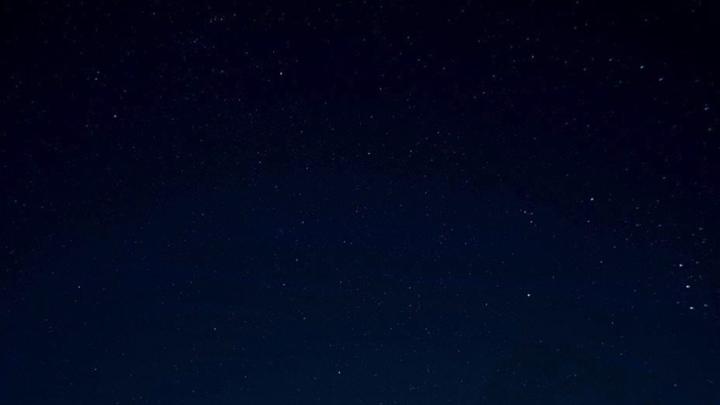In 2017, artist Kay Kenny traveled to Arizona in the winter so she wouldn’t have to wait until midnight to take pictures in the sunless desert. She set cameras on tripods at different exposures, and then, unseen in her black outfit, she walked around spotlighting objects, as in Pink Cactus, using the flashlights like brushes “to paint with the light in the darkness.”
She’s taken hundreds of such nighttime images, also venturing into the pitch-black fields, woods, and farmlands of New England and upstate New York, where she lives. “There was nothing there, no car headlights, no street or house lights, to interfere with what I wanted to have lit—and the vast and wonderful sky,” she says. “It is a poetic tribute to wild imaginings: the nightmares and dreams inherent in the lonely darkened corners of the world.”
“Into the Night In the Middle of Nowhere,” at the Griffin Museum of Photography, in Winchester, Massachusetts, features a selection of these works. Kenny, who is also a painter and long-time art teacher at New York University, will be at the July 18 opening-night reception to discuss her ideas and techniques. Early on, she often captured images of farm animals. “Sheep are a wonderful metaphor for nighttime, and they don’t move, they just stand there and munch,” she says. “And they’re white, so they show up well.”
More spectral and shadowy forms appear in her work, too: mist hovers over still water and meadows, and remote farm buildings are strangely aglow. The photographs do delve into the terrain of the unknown, unpredictable, or frightening—the land of nightmares, blindness, and ferocious creatures stalking innocent prey. Kenny has never felt threatened, even though “people think I am really brave, going out in the dark in the rural areas. But it’s really a lot less scary than walking around New York City at night.” She has sung, loudly, to ward off potential encounters. And often, she’s heard animals rustling about in the dark. When that’s happened, she’s assured herself that most of them “don’t really want to be bothered.”
Her work serves to render what we cannot see, or don’t try to know. Urban dwellers, inundated with ambient light and pollution, can’t fathom the power of astronomical phenomena, or the peace that can come with darkness and quiet, she says: “People just really don’t see what they have lost.” These images bring that home.







